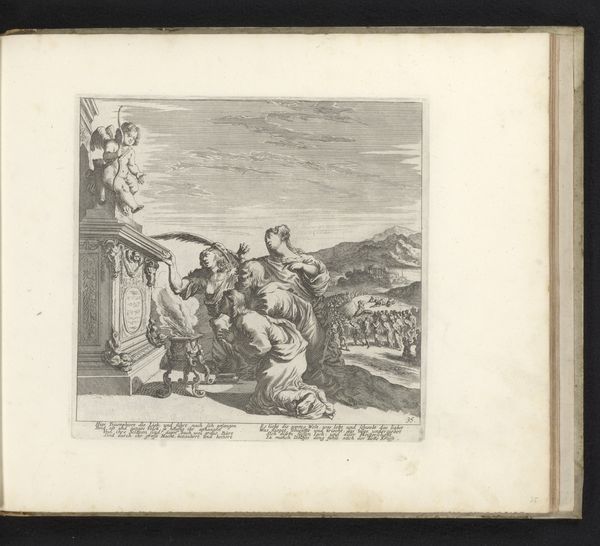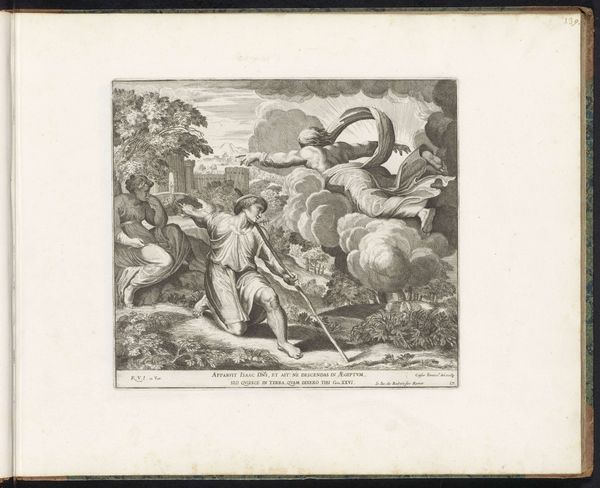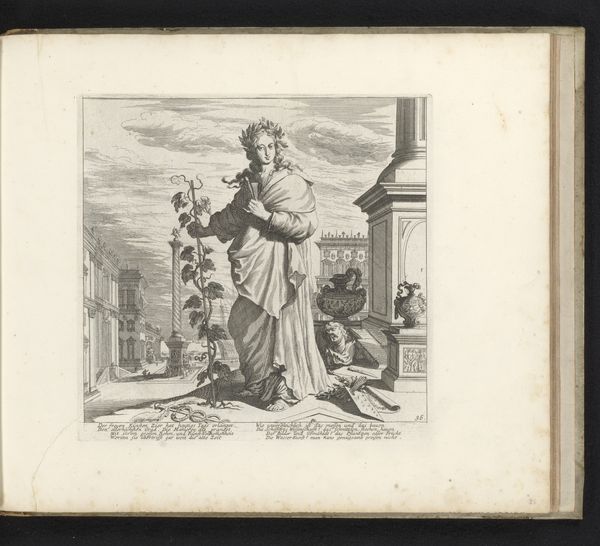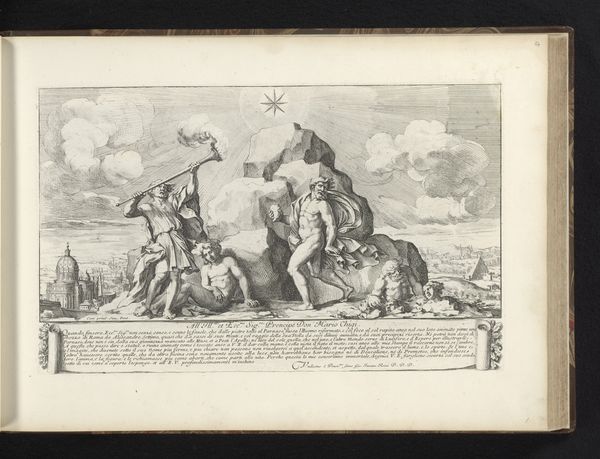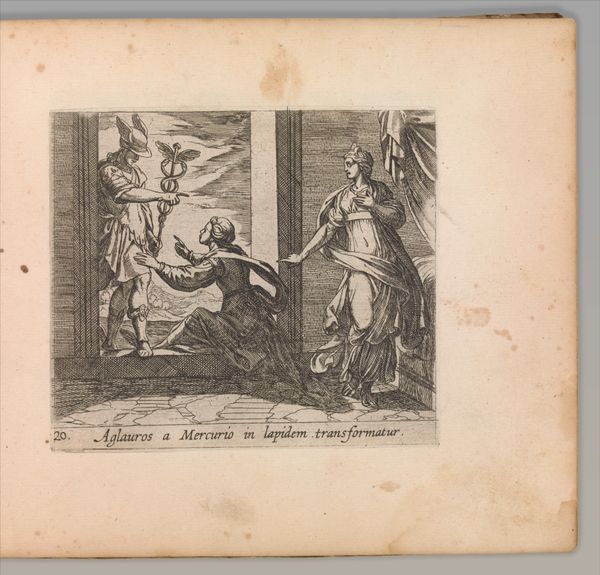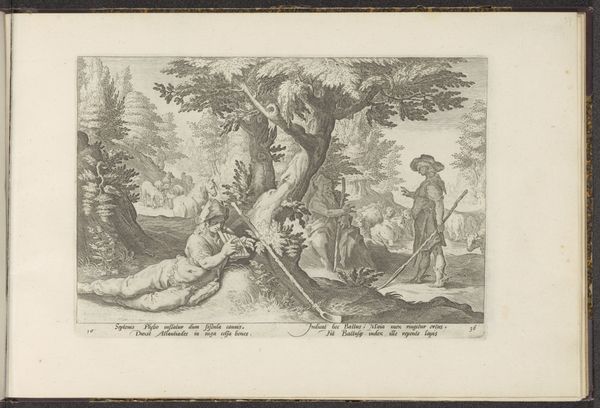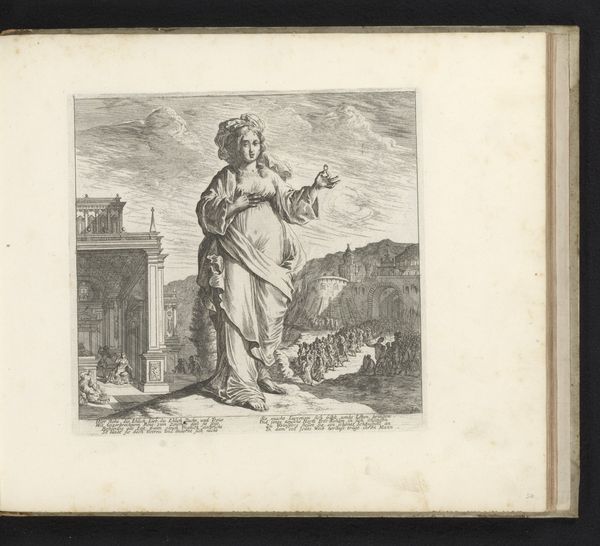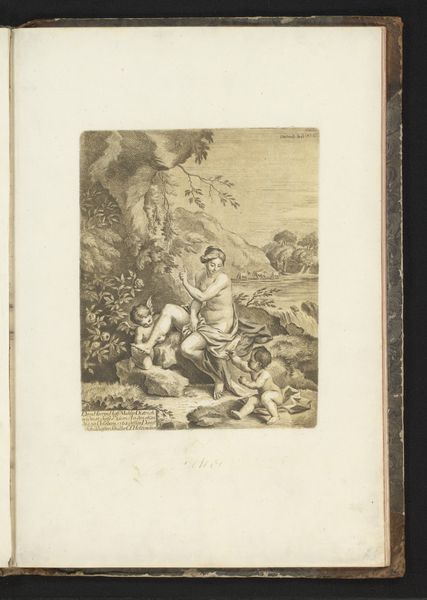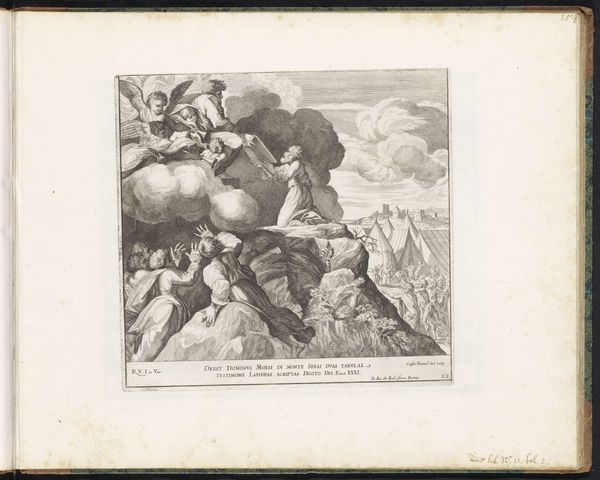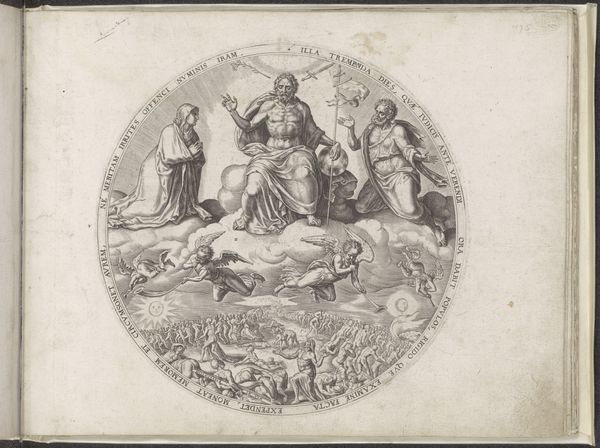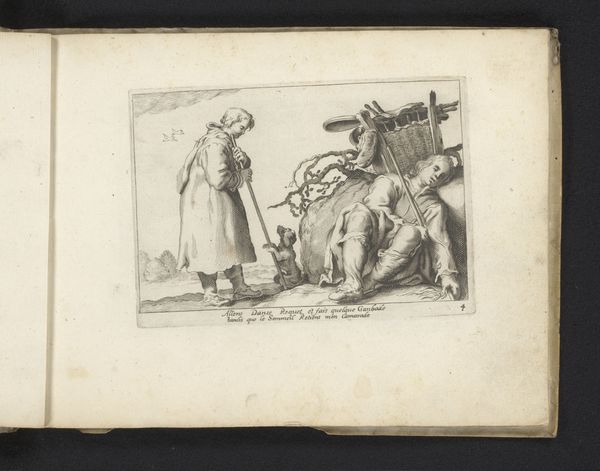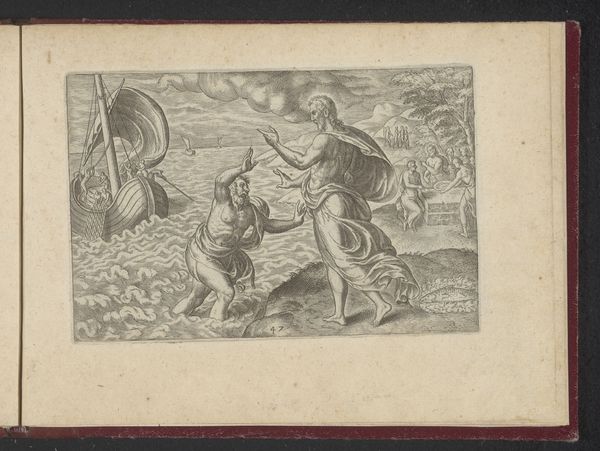
print, engraving
#
allegory
#
baroque
# print
#
figuration
#
line
#
history-painting
#
engraving
Dimensions: height 220 mm, width 225 mm
Copyright: Rijks Museum: Open Domain
Melchior Küsel's engraving presents us with an allegorical figure of Victory, adorned with a laurel wreath and a feathered helmet, towering over defeated figures. The wreath, an ancient symbol of triumph, hearkens back to classical antiquity, where victors in athletic and military contests were crowned with laurel. But consider this: the motif of a triumphant figure standing over the vanquished is not unique to Küsel's time. We see echoes of it in ancient Roman sculptures, where emperors are often depicted trampling their enemies, a visual assertion of power and dominance. The enduring nature of such symbols suggests a deep-seated psychological need to visualize and celebrate victory, yet also a somber recognition of the human cost of conflict. The image speaks to our collective memory, reminding us that triumph and defeat are eternally intertwined in the human experience. It’s a powerful force engaging viewers on a deep, subconscious level. Thus, we witness the cyclical progression of symbols, resurfacing, evolving, and acquiring new layers of meaning across different epochs.
Comments
No comments
Be the first to comment and join the conversation on the ultimate creative platform.
